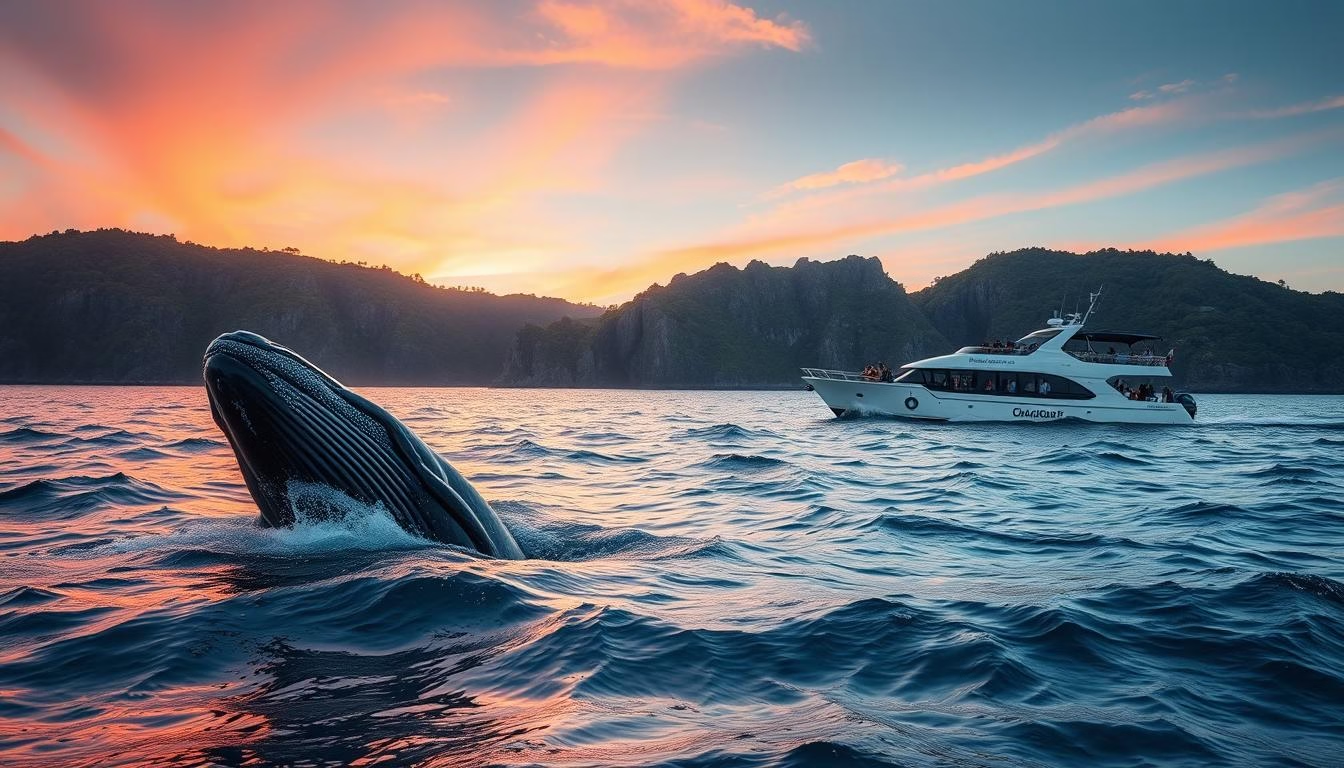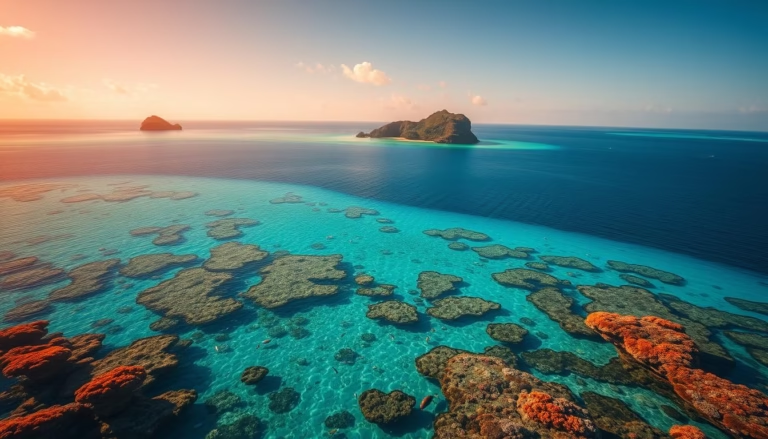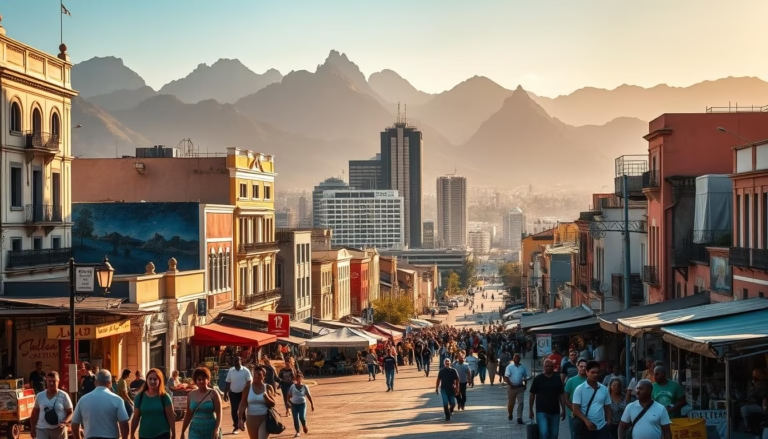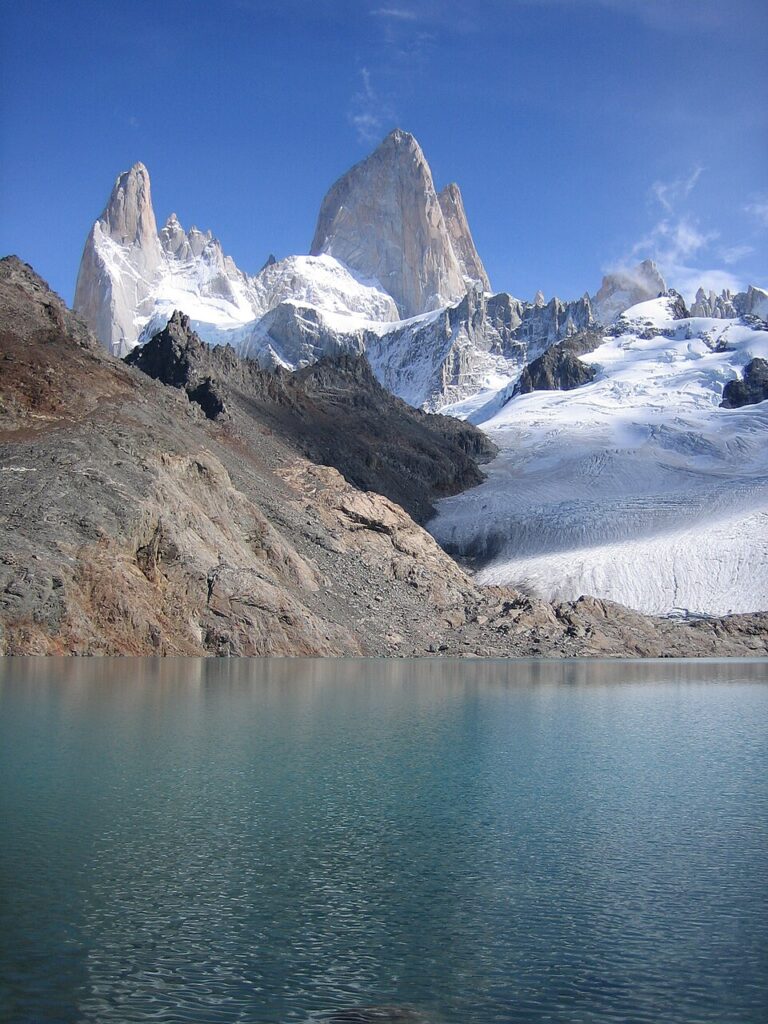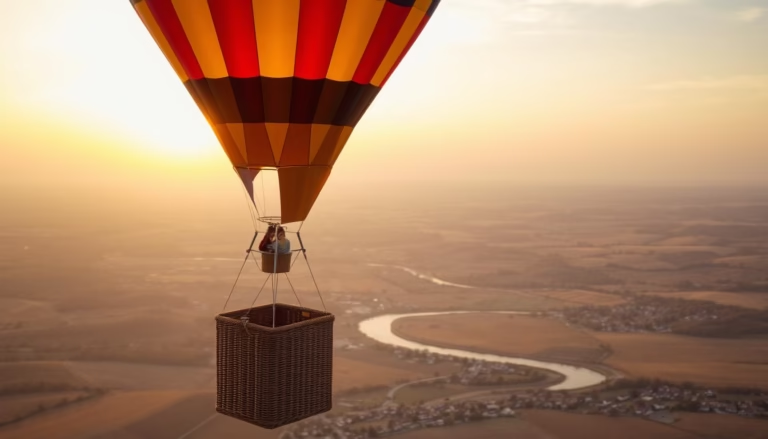Unforgettable Whale Watching Tours Near You
There’s nothing quite like witnessing giants glide through the ocean. Whether you’re a seasoned traveler or planning your first aquatic adventure, observing marine life in its natural habitat offers moments that stay with you forever. From breaching humpbacks to curious orcas, every encounter feels like a rare gift from nature.
These excursions aren’t just about sightseeing—they’re immersive journeys. Imagine skimming crystal-clear waters in a Zodiac boat or joining a conservation-focused voyage led by marine biologists. Each trip blends thrill with education, teaching guests about ecosystems while creating heart-pounding memories.
What makes these adventures special? The unpredictability. One day might bring a playful pod of dolphins; another could reveal a majestic blue whale surfacing nearby. This element of surprise turns every outing into a unique story waiting to unfold.
You don’t need to travel far, either. Many coastal cities and popular vacation spots offer access to these remarkable experiences. Whether you prefer budget-friendly group trips or private charters, there’s an option to match your style.
Key Takeaways
- Discover diverse destinations, from tropical lagoons to Arctic fjords, perfect for marine exploration.
- Every outing delivers one-of-a-kind moments due to wildlife’s spontaneous behavior.
- Trips often combine adventure with insights into ocean conservation efforts.
- Capture stunning photos of breaches, tail slaps, and underwater activity.
- Options exist for all budgets and locations, including near major U.S. coastal cities.
Discover the Magic of Whale Watching
The ocean holds secrets, and few are as mesmerizing as encountering its largest inhabitants. Picture the rush when a dark shape materializes below the surface—a moment where time seems to pause before nature’s grandeur takes center stage.
The Allure of Marine Life Encounters
There’s an unmatched electricity in not knowing what the next minute might bring. Will it be a whale breaching with thunderous force or a pod gliding silently beside your boat? This unpredictability transforms every trip into a treasure hunt where patience rewards you with raw, unfiltered wonder.
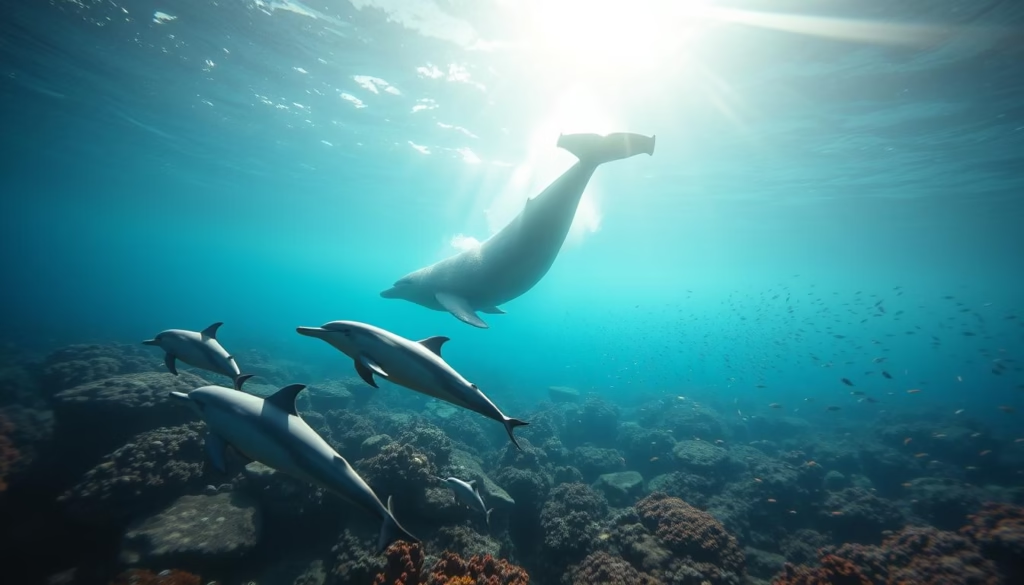
These encounters leave imprints on the soul. Visitors often describe hearing the explosive exhale of a surfacing giant as life-changing—a reminder of our connection to wildlife beyond human domains. The salt spray, echoing calls, and sheer scale of these creatures create memories that outlast any souvenir.
Capturing the Moment: Photography Opportunities
For photographers, few subjects rival the drama of whales in motion. A tail slap frozen mid-air or sunlight filtering through a misty spout becomes art. Unlike static landscapes, marine subjects demand quick reflexes and adaptability—skills that make each successful shot feel earned.
Many experienced guides share tips for framing these fleeting moments. They’ll help you anticipate behaviors, from playful calf antics to synchronized group dives. Underwater housings let you document the sleek beauty of these animals beneath the waves, adding depth to your visual storytelling.
Beyond lenses and shutters, these journeys spark curiosity about ocean life. Guides often discuss conservation efforts, turning awe into action. You’ll leave not just with photos, but with a renewed drive to protect these majestic beings.
Top Global Whale Watching Destinations
Our planet’s coastlines hide extraordinary stages where marine giants perform daily. Three locations stand out for their unique offerings: Iceland’s icy bays, Antarctica’s untouched wilderness, and French Polynesia’s tropical lagoons. Each delivers unforgettable encounters with whales in dramatically different settings.
Iceland: The Whale Watching Capital of Europe
Húsavík’s chilly waters teem with life from May to September. Skjálfandi Bay boasts a 99% success rate for sightings, thanks to eight species including playful humpbacks and elusive blue whales. RIB speedboats glide inches above waves, letting you hear every splash as 40-ton creatures surface nearby.
Antarctica: Front Row Seats to Orca Encounters
Imagine sipping coffee while orcas patrol beside your ship. Expedition cruises here offer rare access to killer whales hunting in crystal-clear polar seas. The absence of crowds means you’ll share these moments only with penguins and drifting icebergs.
French Polynesia: Swim with Humpback Whales
Between July and November, Mo’orea’s warm lagoons become nurseries for humpback whales. Licensed guides lead snorkelers within 10 feet of mothers and calves—one of few places allowing in-water interactions. The visibility here rivals swimming pools, revealing every detail of these gentle giants.
| Destination | Season | Key Species | Unique Feature |
|---|---|---|---|
| Iceland | May-Sep | Blue, Humpback, Orca | RIB Speedboat Tours |
| Antarctica | Nov-Mar | Orca, Minke | Expedition Ship Access |
| French Polynesia | Jul-Nov | Humpback | Guided Swimming Tours |
Whether you seek adrenaline-pumping boat rides or serene snorkeling, these destinations deliver. Local operators prioritize eco-friendly practices, ensuring your experience supports ongoing conservation efforts. Pack your binoculars—the world’s most spectacular whale shows await.
Best Whale Watching Tours: Experiences & Essentials
The right tour transforms a simple outing into a lifelong memory. Excursions range from quick harbor trips to half-day expeditions, each offering unique ways to connect with marine life. Knowledgeable crews enhance every moment, whether you’re scanning for spouts or learning about local ecosystems.
What to Expect on Your Tour
Most adventures begin with a safety briefing before heading to prime viewing areas. Vessels vary: stable catamarans suit families, while zippy RIB boats deliver heart-pounding proximity to species like dolphins or sea lions. Naturalists often share microphone commentary, explaining behaviors as they unfold.
Modern tours use tech like hydrophones to hear underwater calls. Some collaborate with coastal spotters (“vigias”) who radio sightings to captains. While wildlife appearances aren’t guaranteed, multiple stops maximize your chances during the time on water.
Operator Tips and Booking Advice
Choose companies with certified guides and eco-certifications. Morning trips often boast calmer seas, but sunset cruises create magical lighting for photos. Always check cancellation policies—weather affects ocean experiences.
For inspiration on global hotspots, explore prime locations for marine adventures. Remember, responsible operators keep distances from animals and support research—your ticket helps protect what you’ve come to see.
Whale Watching in Iconic U.S. Destinations
America’s West Coast serves as a front-row seat to nature’s grandest marine spectacles. From misty northern channels to sun-drenched southern harbors, these waters host migrations that transform ocean vistas into living theaters.
Santa Barbara: Year-Round Marine Marvels
The Santa Barbara Channel acts like an aquatic highway, with gray whales passing through winter waters and blue whales dominating summer seas. Condor Express offers 4.5-hour expeditions where guests might spot 15+ humpbacks bubble-net feeding. “February through May brings 2.5-hour trips perfect for families wanting quick whale sightings,” notes marine biologist Dr. Elena Torres.
Los Angeles & Orange County Coastal Adventures
Southern California’s harbor network makes marine encounters surprisingly accessible. Newport Beach delivers budget-friendly 2-hour trips ($30) focusing on winter gray whale migrations. For premium experiences, Dana Point’s $85 excursions often reveal blue whales longer than school buses during summer months.
| Location | Peak Season | Common Sightings | Tour Price Range |
|---|---|---|---|
| Santa Barbara | Year-Round | Humpbacks, Blues, Orcas | $80-$150 |
| Newport Beach | Dec-Apr | Gray Whales | $30-$50 |
| Dana Point | May-Oct | Blue Whales, Dolphins | $56-$85 |
Marina del Rey’s relaxed cruises contrast with Long Beach’s science-focused voyages using hydrophones. Wherever you depart, remember: these waters shelter Earth’s largest creatures. A single humpback’s breach could leave you speechless for weeks.
Planning Your Whale Watching Adventure
Timing transforms ordinary trips into extraordinary wildlife experiences. Aligning your journey with migration patterns and local conditions ensures you’ll witness nature’s most breathtaking displays. Let’s explore how to sync your calendar with the rhythms of marine giants.
Seasonal Considerations & Ideal Timing
Gray whales make one of Earth’s longest migrations, traveling 10,000 miles from Alaska to Baja California each winter. February through April offers prime viewing as mothers nurse calves in Mexico’s warm lagoons. Meanwhile, blue whale sightings peak off Baja California Sur between January and March.
Seasonal shifts affect more than just animal behavior. Summer brings calmer seas to Iceland, while Antarctic expeditions face fewer crowds in late February. Tour prices often rise during peak time windows, so early bookings save money and guarantee spots.
| Location | Peak Months | Common Sightings | Notes |
|---|---|---|---|
| Iceland | May-Sep | Humpbacks, Minkes | Midnight sun in June |
| Antarctica | Feb-Mar | Orcas, Humpbacks | Warmer temperatures |
| Baja California | Jan-Apr | Grays, Blues | Calm nursery waters |
| Santa Barbara | Jun-Sep | Blues, Fin | Year-round options |
Ocean currents and food availability drive these patterns. Cold-water upwellings create feeding frenzies along California’s coast each summer, attracting multiple species whales. Operators recommend booking 3-6 months ahead for popular destinations, while keeping flexible dates for weather changes.
Remember: The time see these creatures often determines your experience. Early morning excursions catch active feeding behaviors, while winter afternoons might reveal playful breaches near sunset-lit waters.
Conclusion
Few experiences bridge the gap between adventure and education like encountering ocean giants in their natural realm. Whether you’re marveling at breaching humpbacks in Iceland’s chilly bays or floating beside mothers and calves in French Polynesia’s warm lagoons, these journeys reshape how we see our planet’s wildlife.
Responsible operators now blend excitement with eco-awareness. By choosing ethical trips, travelers directly support marine life protection—every ticket funds research or habitat preservation. It’s travel that gives back.
Planning your adventure? Match seasonal migrations with destinations. Summer brings blues and fins to California, while winter reveals grays nursing calves in Baja. From budget-friendly harbor excursions to luxury expedition cruises, there’s something for every explorer.
Don’t forget your camera. Capturing a dolphin’s leap or an orca’s sleek silhouette creates visual stories that spark conversations about ocean conservation. These moments turn vacations into catalysts for change.
Ready to join millions who’ve felt the sea’s call? Your next horizon holds flukes breaking waves and the profound quiet of sharing water with Earth’s largest mammals. Book now—the species you’ll meet are counting on you.
